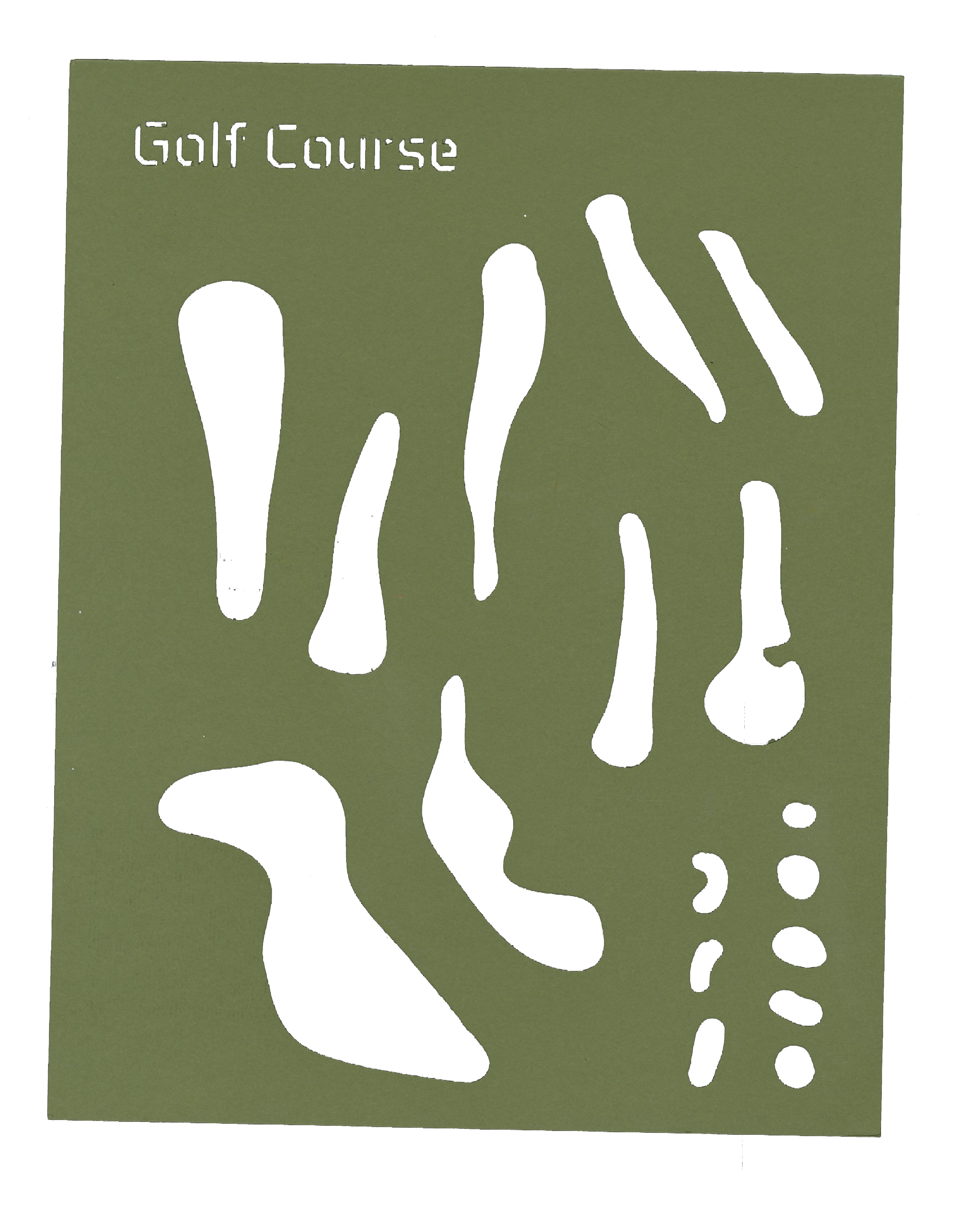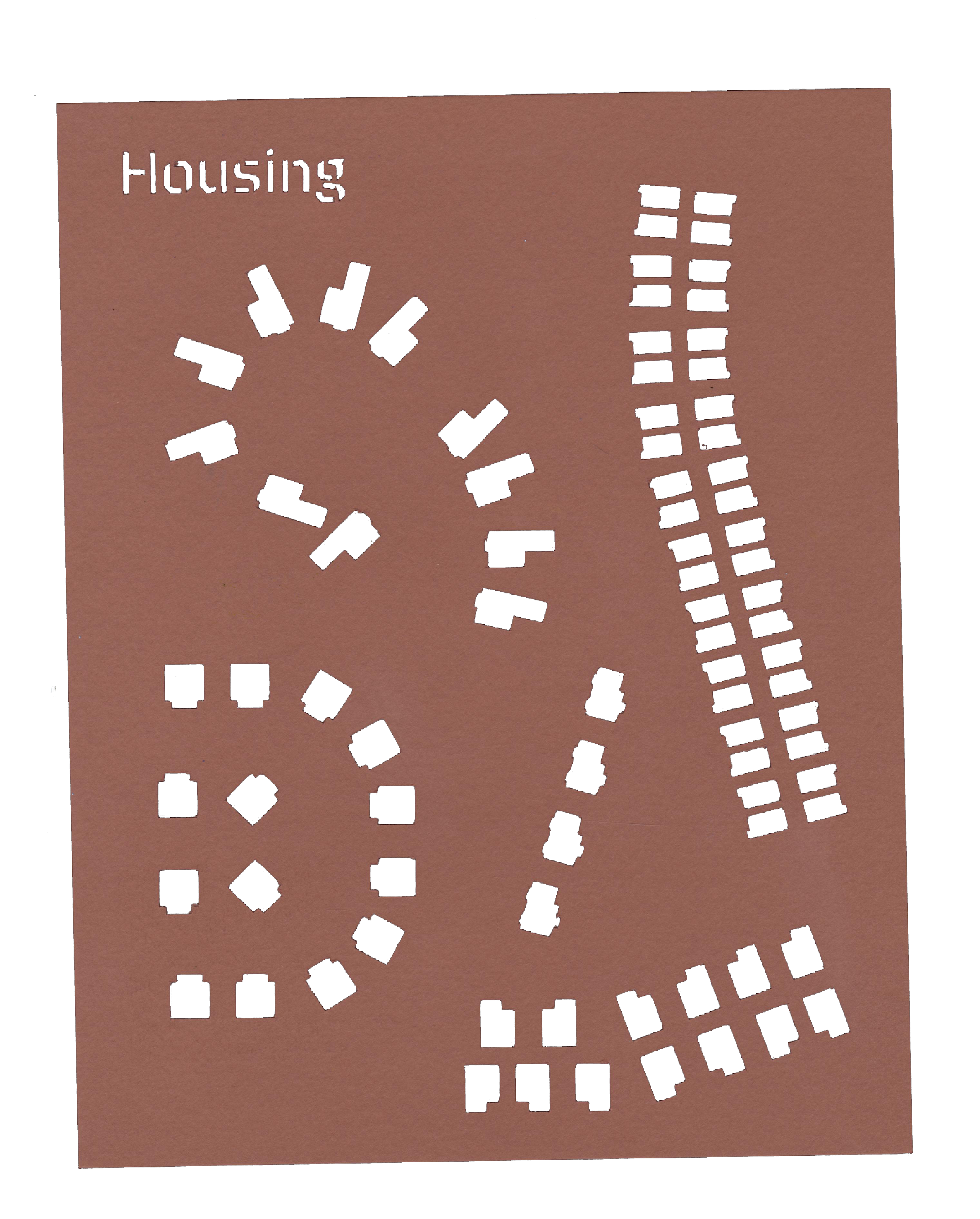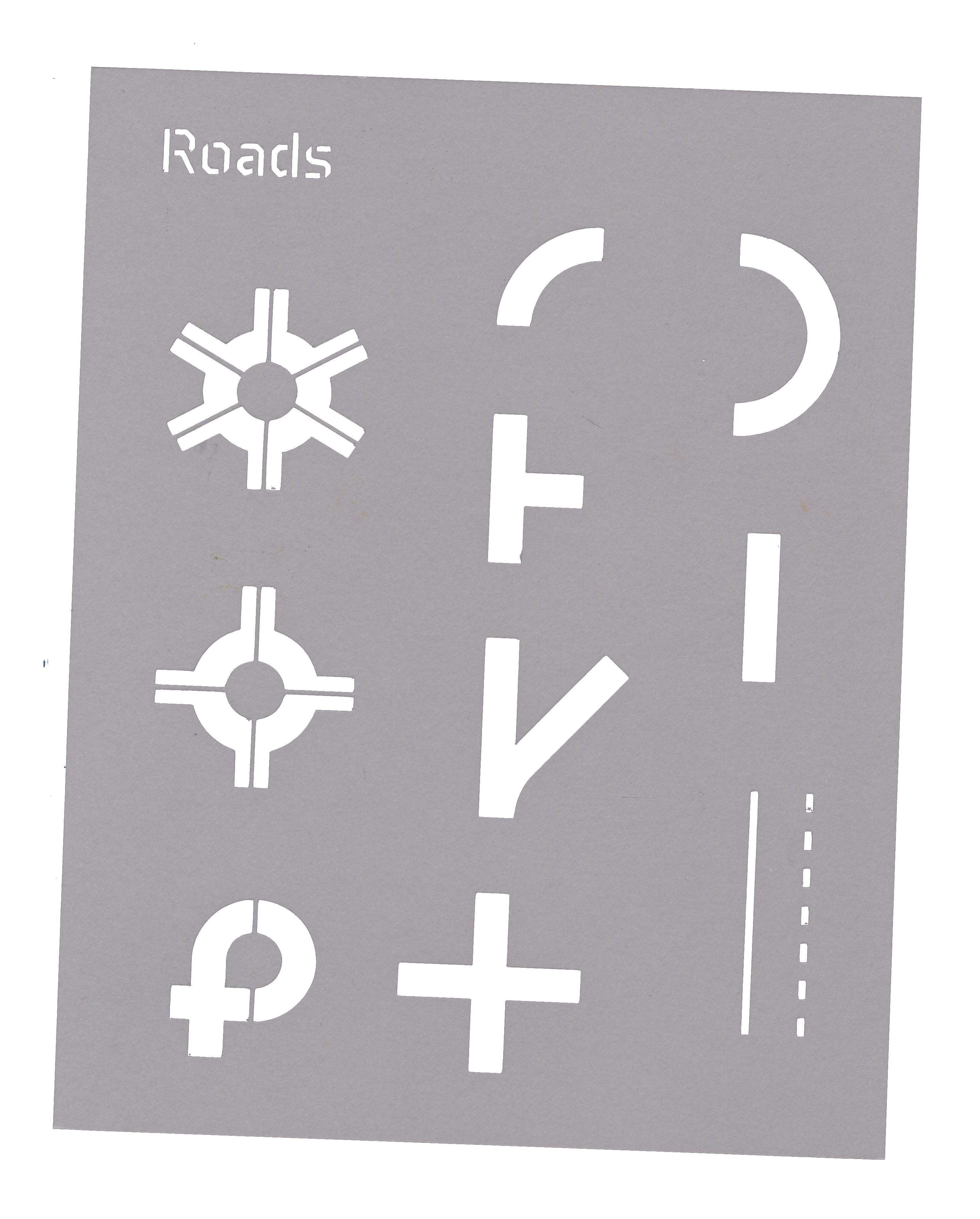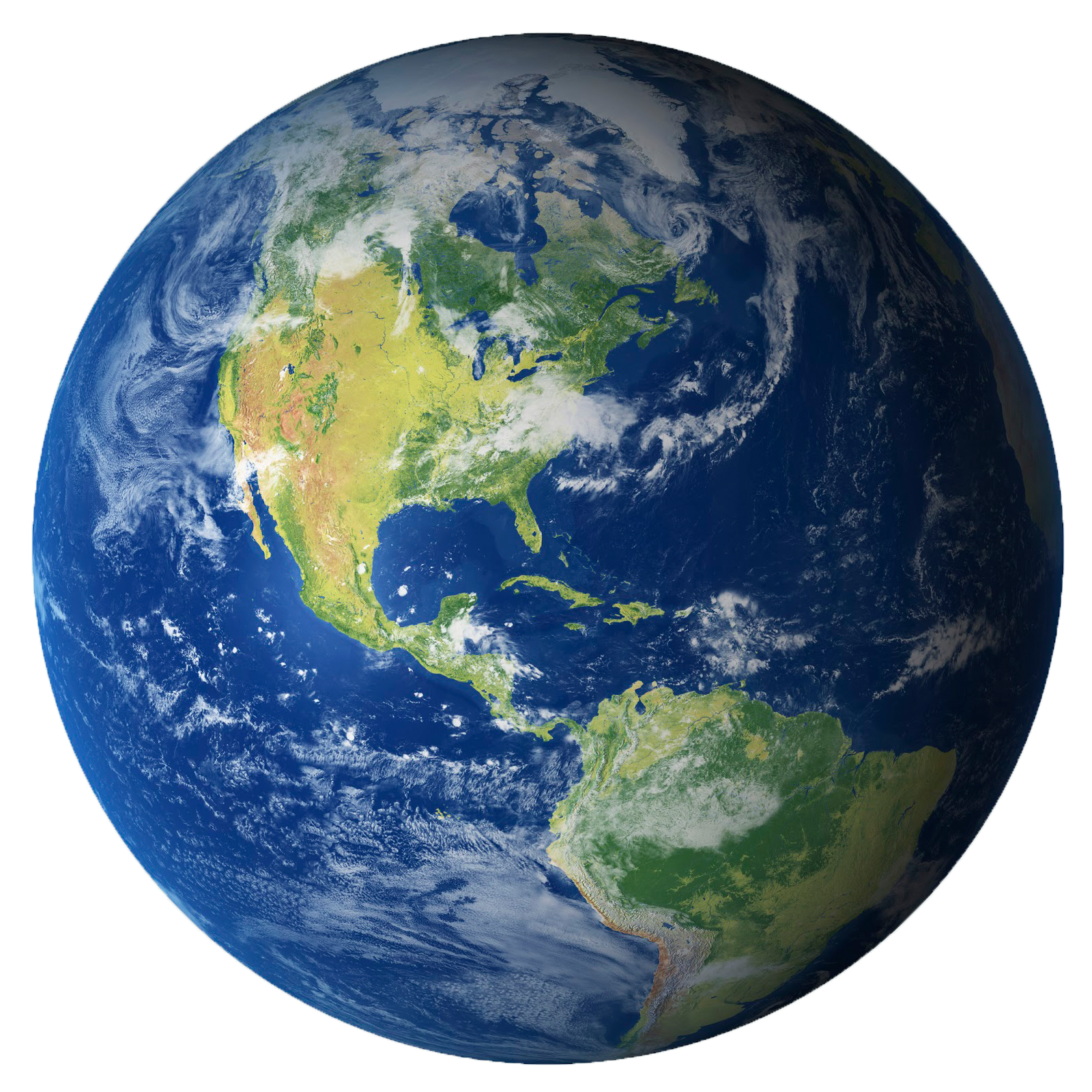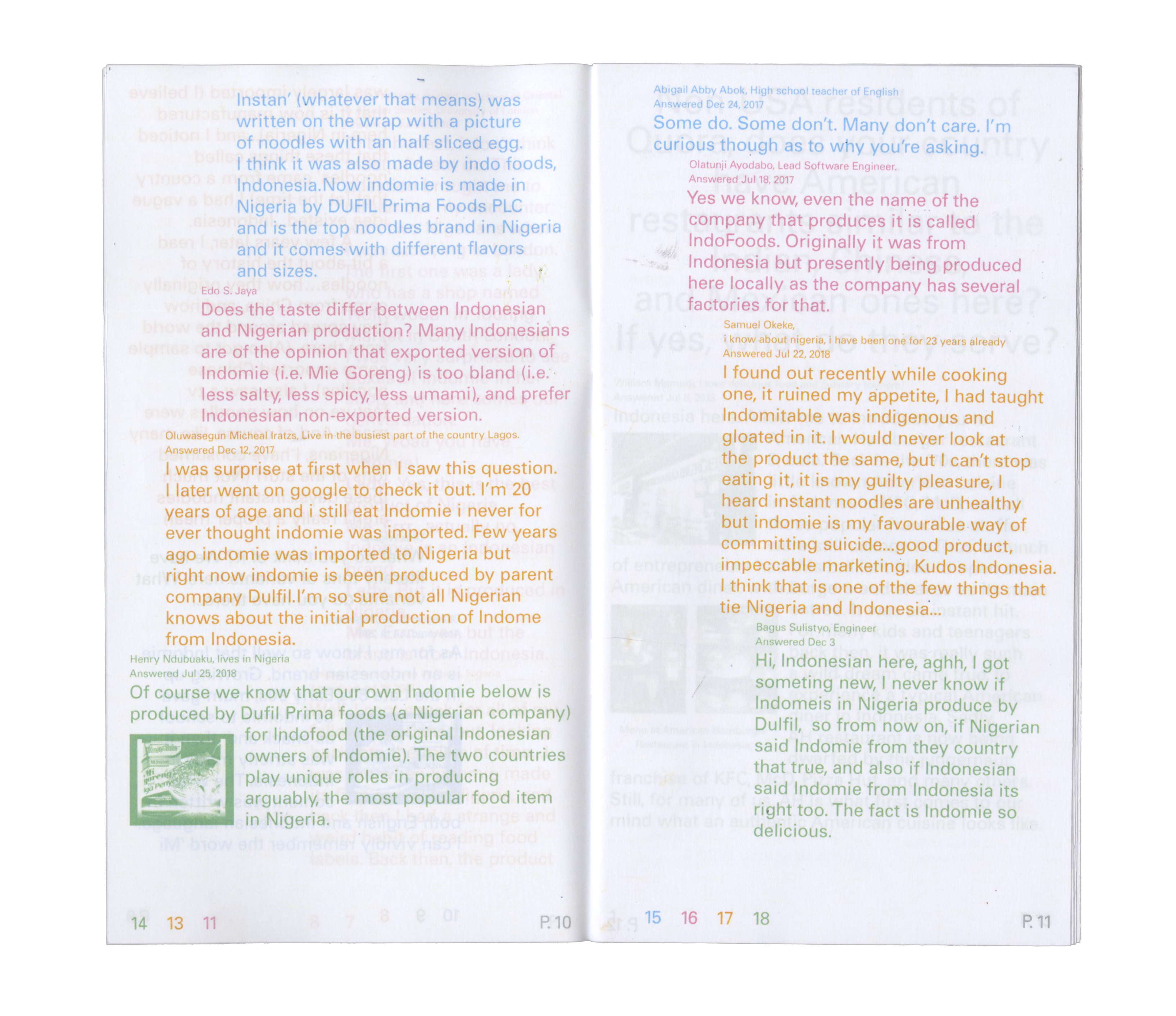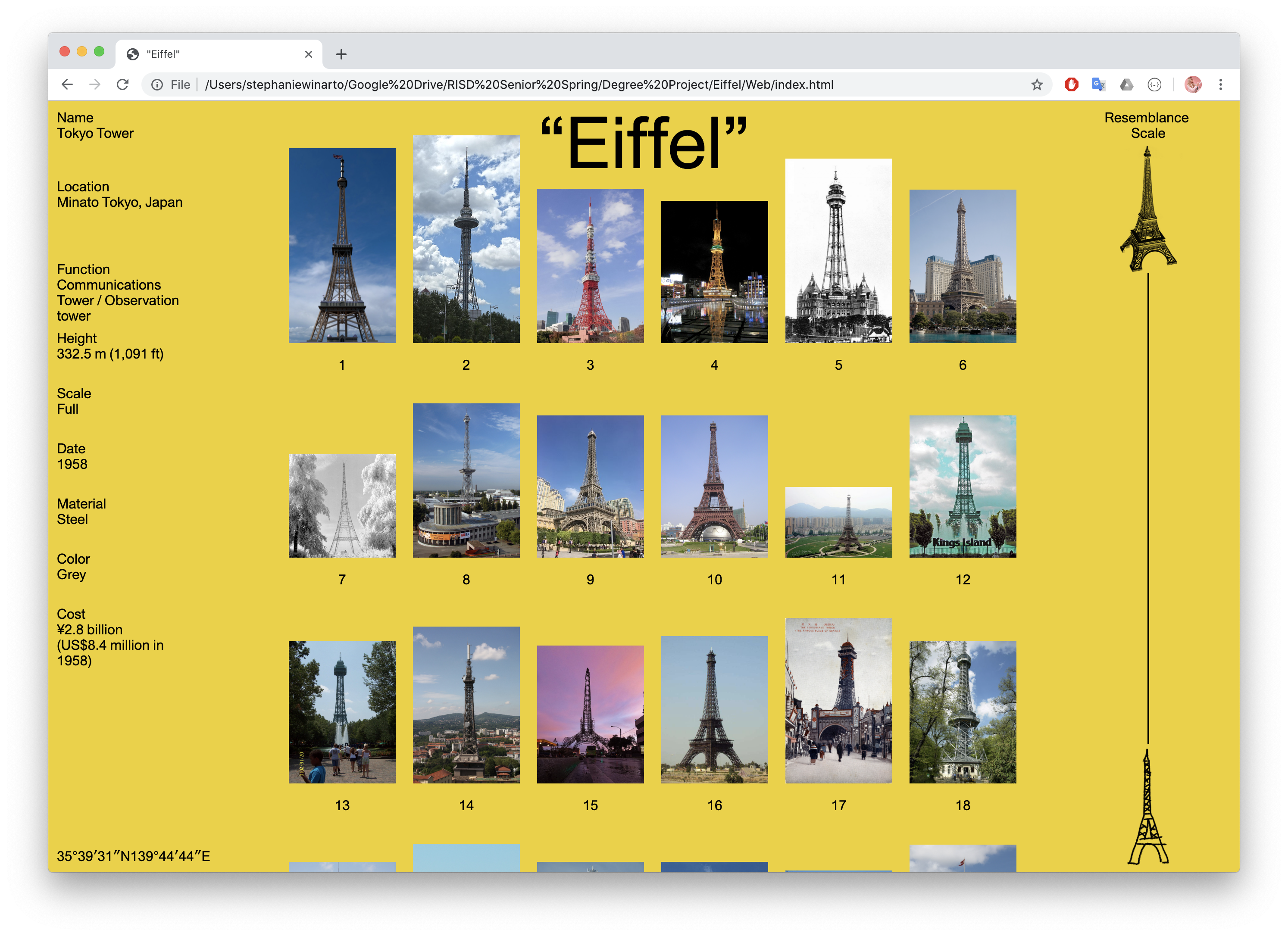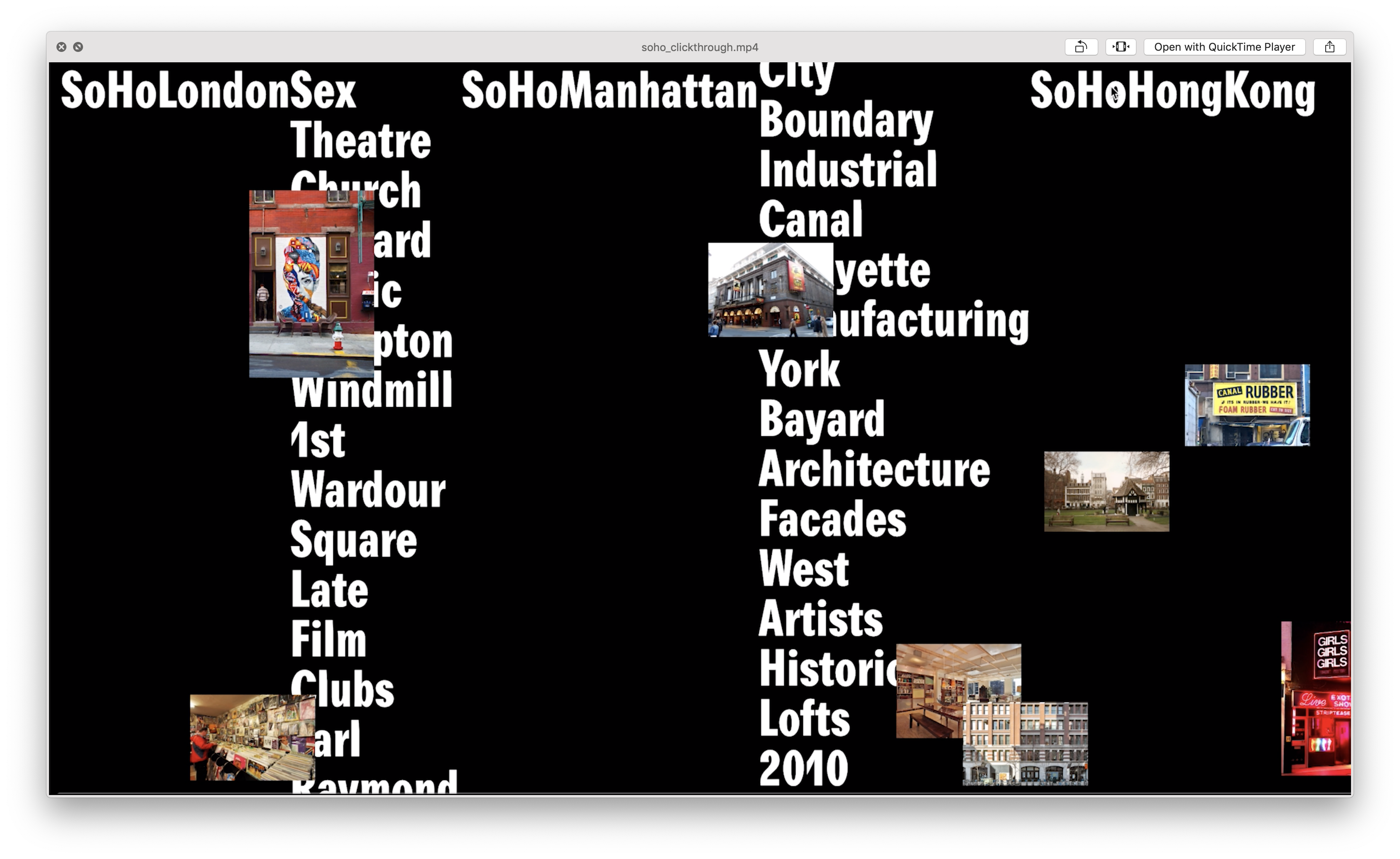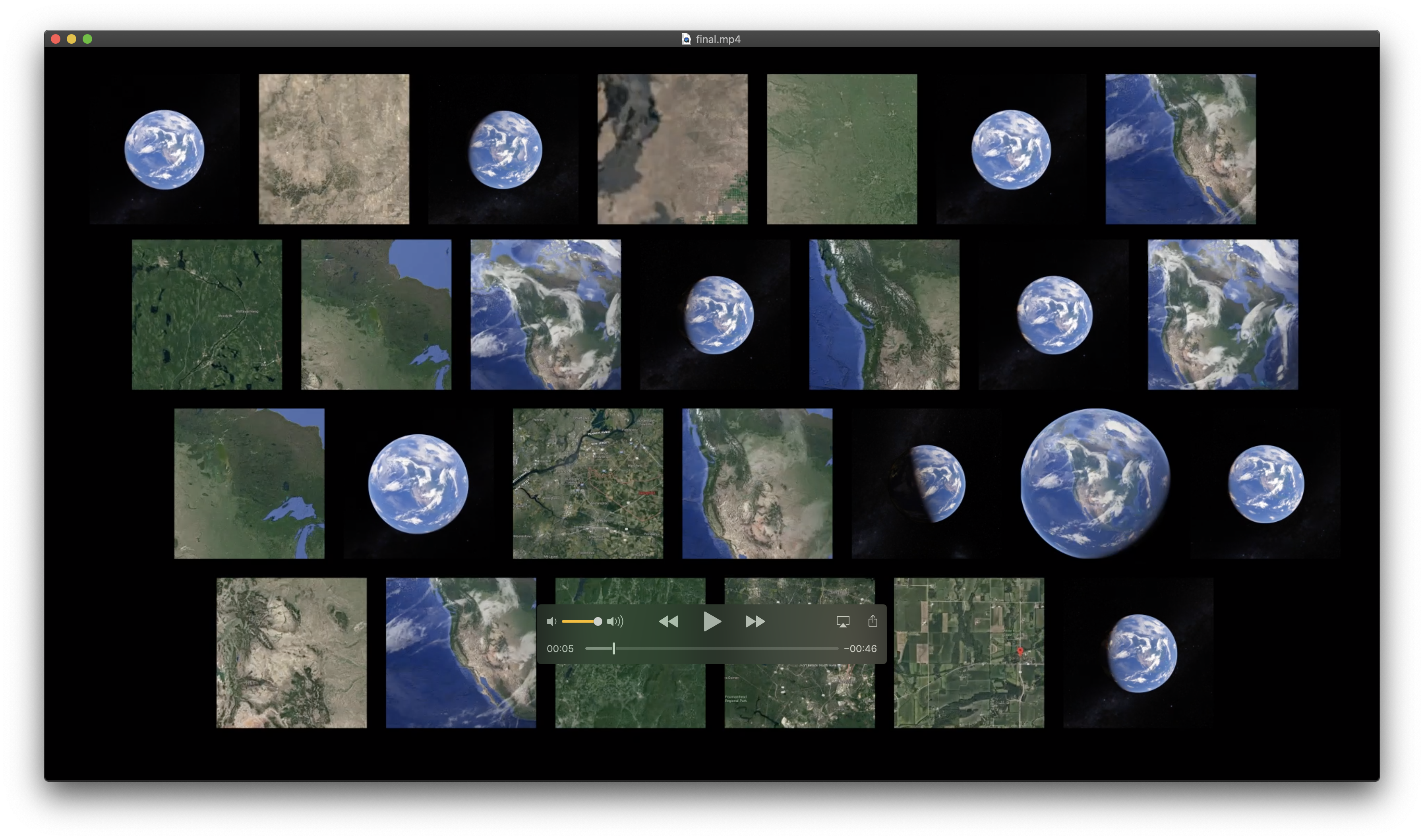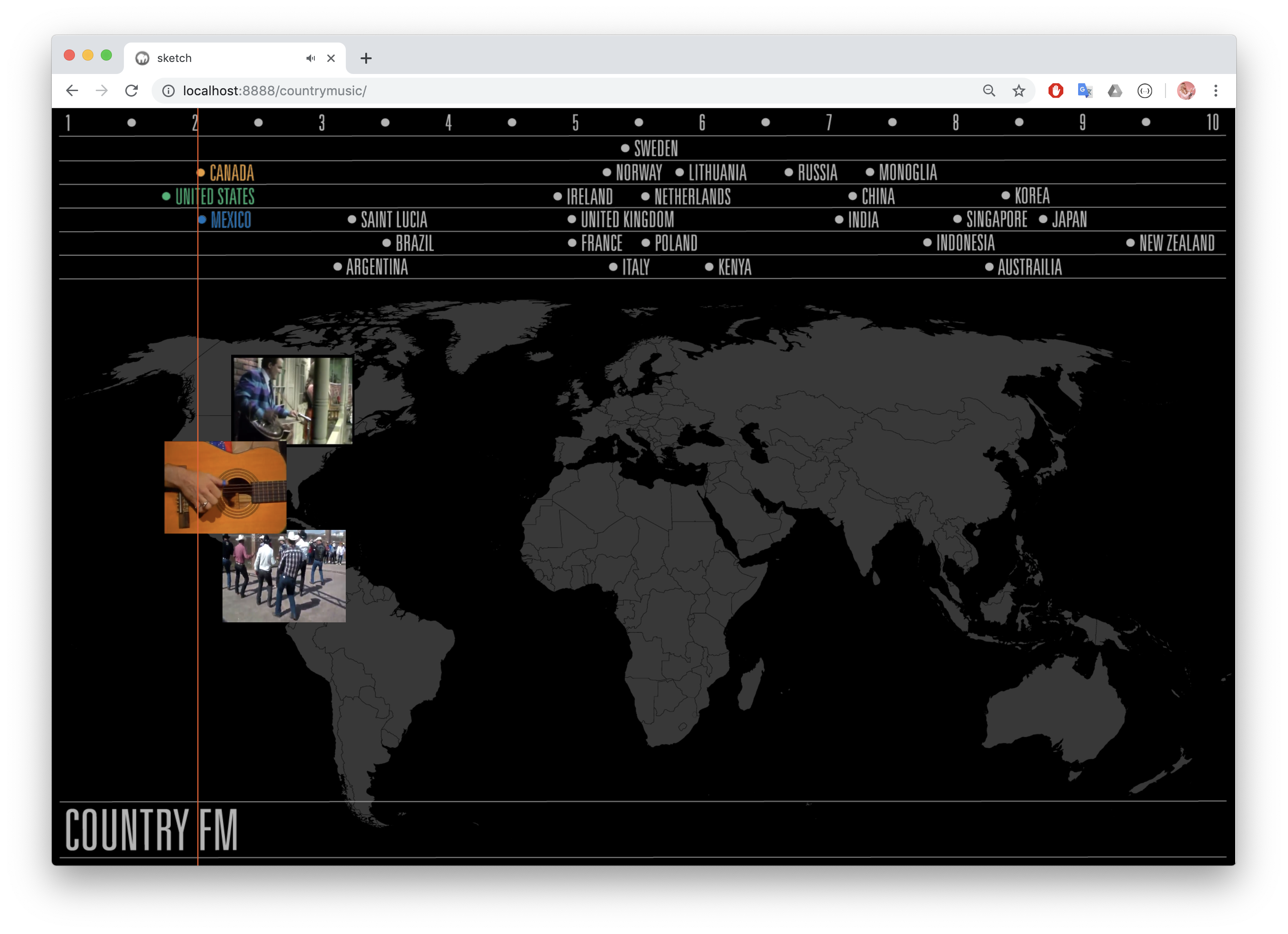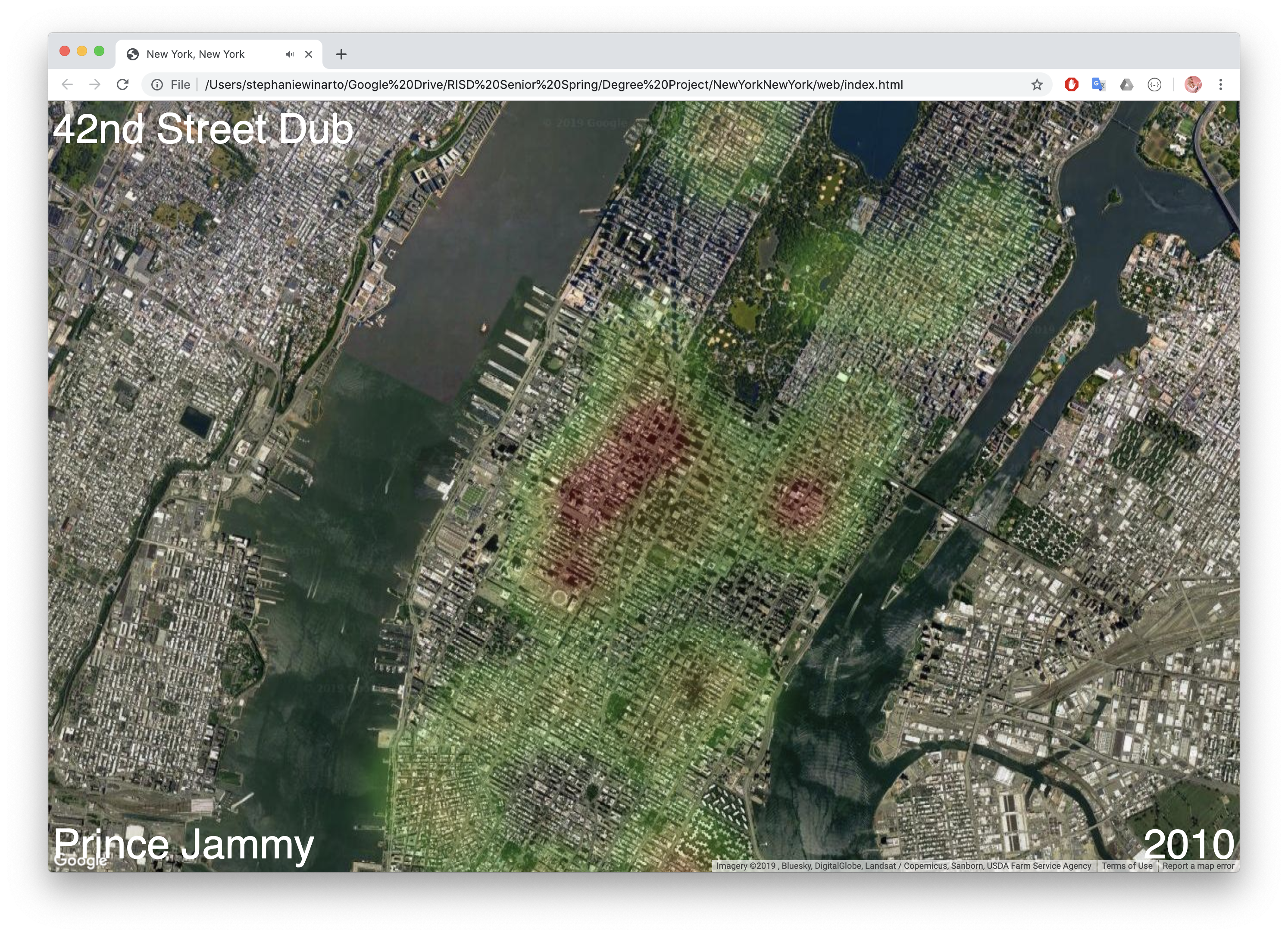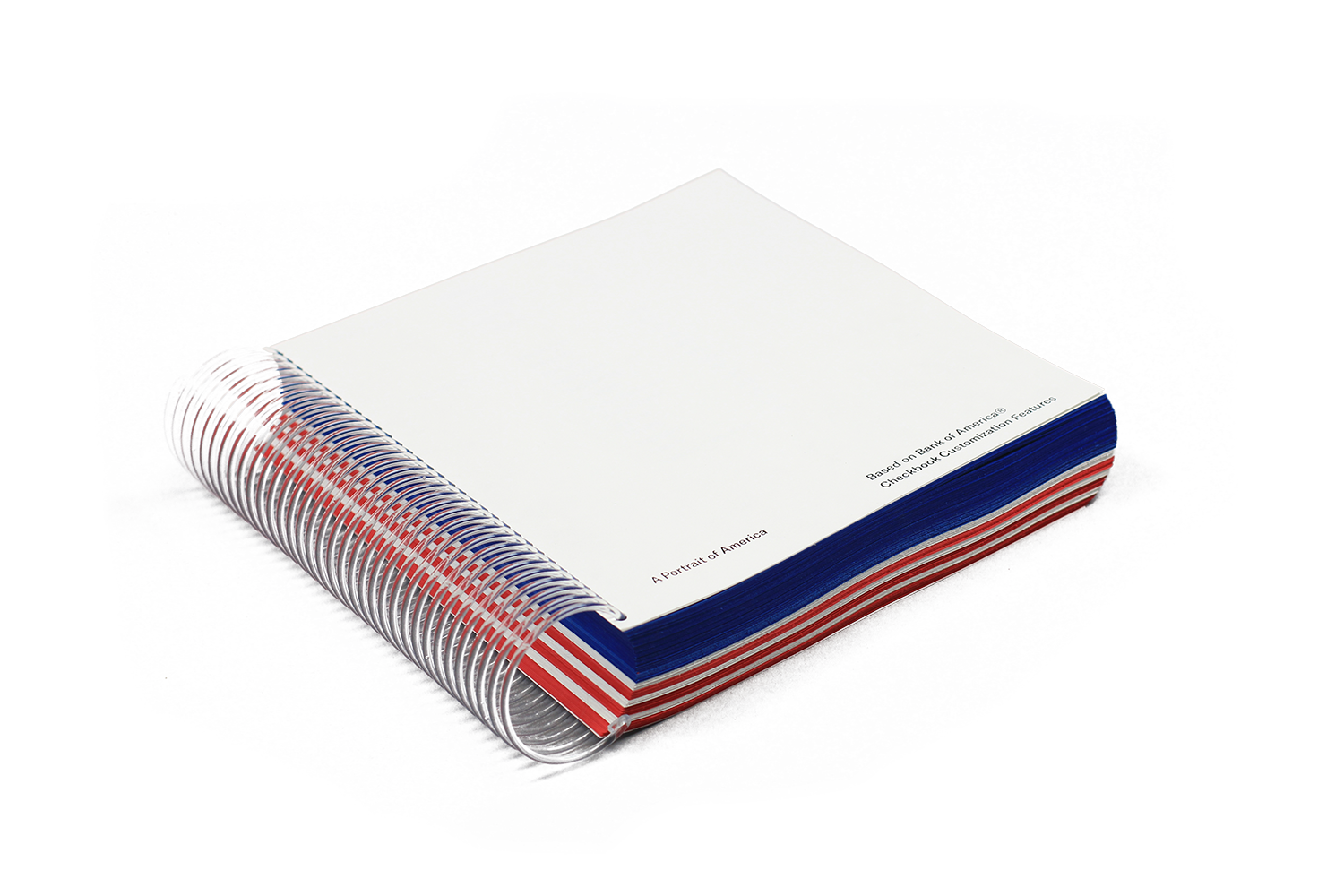Rem Koolhaus’ writing on the Generic City ![]() lays out characteristics of the modern city—ones we don’t think about, but may find alarmingly true.
lays out characteristics of the modern city—ones we don’t think about, but may find alarmingly true.
In his writing, he points out that every ‘generic city’, amongst other things, has a golf course, an airport, a circle of ‘new towns’ surrounding it. Can these ‘features’ become outlines that turn into exportable stencils of a city, replicable anywhere around the world?
Our notion of the traditional city has changed. The post-modern city operates at a faster pace, with different textures and values. As we live between two extremes—the generic and the authentic—what does it mean to be unique, and can true uniqueness exist anymore?
As globalization and technology advances, local and global boundaries are breaking down. It is perhaps in this peculiar time we live in, that we start to see moments when ‘Elsewhere’ is in fact not that different from our local.
↓ Click and drag stencils

In his writing, he points out that every ‘generic city’, amongst other things, has a golf course, an airport, a circle of ‘new towns’ surrounding it. Can these ‘features’ become outlines that turn into exportable stencils of a city, replicable anywhere around the world?
Our notion of the traditional city has changed. The post-modern city operates at a faster pace, with different textures and values. As we live between two extremes—the generic and the authentic—what does it mean to be unique, and can true uniqueness exist anymore?
As globalization and technology advances, local and global boundaries are breaking down. It is perhaps in this peculiar time we live in, that we start to see moments when ‘Elsewhere’ is in fact not that different from our local.
↓ Click and drag stencils
